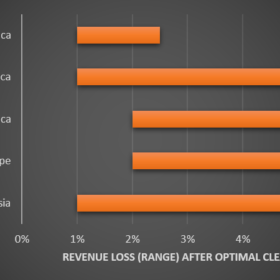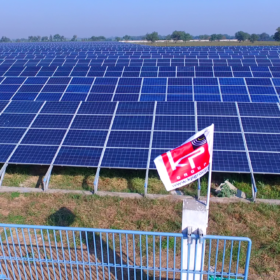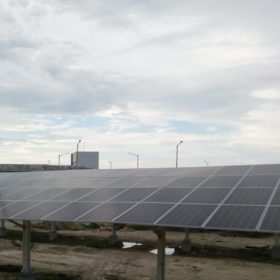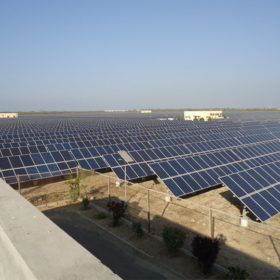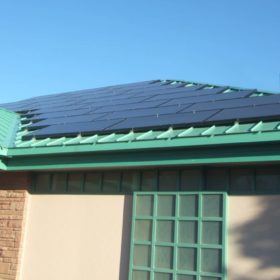Hinduja Renewables commissions 75 MWp solar plant for vehicle manufacturer Ashok Leyland
The plant, situated in Tamil Nadu, is one of India’s largest group captive solar plants serving a single client. It is expected to generate over 120 million units of electricity annually.
Battery major Amara Raja plans 50 MW solar plant
The Indian automotive battery major has announced the setting up of a 50 MW solar power plant in Chittoor District of Andhra Pradesh. The plant—to be built at INR 220-crore investment—will help reduce the manufacturer’s carbon footprint while lowering its electricity bill. The firm, which has already set up a pilot plant facility for Lithium-ion cell development, is also mulling investments into energy storage for the renewables sector.
World Bank signs up for $56m slice of renewables developer’s first green bond
The development lender’s private-sector arm helped Indian commercial clean power company Continuum Green Energy raise $561 million to refinance its debts through the bond, on the Singapore exchange.
New model to predict PV module cleaning cycles and resulting profits
A group of scientists in Bangladesh has developed a model to determine the optimal cleaning schedule for a PV installation at any location in the globe, requiring only the average insolation and soiling rate for a given site to make the calculation. The study also draws new conclusions regarding the influence of sandstorms and rain on soiling, and aims to be among the first studies to paint a global picture of soiling trends by region.
KPI Global signs power supply agreements for 13.15 MW solar projects
The Gujarat-based solar developer has signed power supply agreements with nine different industrial customers for PV projects aggregating to 13.15 MW.
Amp Energy India powers L&T Metro Rail Hyderabad with solar
The developer has commissioned a 7.805 MW solar plant for Larsen & Toubro’s metro rail project in Hyderabad. Touted to be one of the largest behind-the-meter solar projects in India, the plant will supply electricity to the metro project’s 24 stations and two depots.
Agartala airport to get 2 MW solar plant
Bidders have until February 22 to lodge their interest to develop the ground-mount, grid-connected solar plant with net metering. Technical and commercials bids will open on February 23.
6.4 GW solar auction concludes with lowest price of INR 2.47/kWh
The Andhra Pradesh solar auction was oversubscribed by 8.5 GW, but the final prices are significantly higher than the INR 1.99-2.00/kWh record-low tariffs discovered in recent auctions.
Flexible heat pumps ideal for power grids congested by solar and wind
Dutch transmission system operator Tennet, which also serves Germany, is planning to create flexible electricity demand and reduce grid congestion by promoting the use of smarter heating systems and heat pumps that can also be powered by solar and wind energy. According to its experts, intelligent control of heat pumps may result in the creation of between 0.5 and 1 GW of temporary grid flexibility by 2030.
Tesla sharpens focus on solar
In an earnings call this week, Tesla CEO Elon Musk boldly claimed that the company will soon be “the market leader in solar.”


